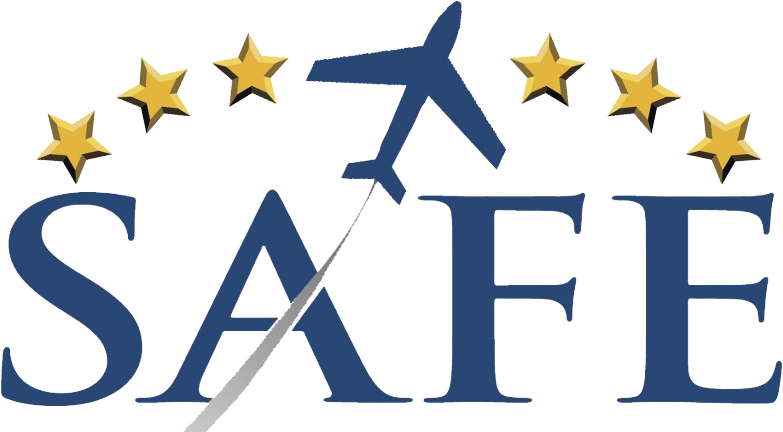We are seeing a significant increase in accidents involving the overuse or misuse of cockpit automation. If you have not watched the American Airlines video “Children of the Magenta” please do that now. (What I am going to write here is perfectly captured by this talented presenter.) We have forgotten that in flying we are first and foremost pilots, not automation managers. The wonderful tools that are increasingly found in our small aircraft have the purpose of reducing workload…not making it harder to fly! And certainly not flying the plane because we are unable to do so. We must maintain the necessary skills to engage and take over the airplane and flight at any point.
 At the time of this video in 1997, 68% of airline accidents involved “automation dependency.” Savvy airline training programs were actively discouraging airline crews from becoming “automation managers.” Subsequently many high visibility accidents like Air France 447 and Asiana Airlines flight 214 (the “seawall approach” at San Francisco) have proved the disabling effect of automation. Now we are experiencing this same phenomenon in smaller planes as the technology propagates downward into piston planes. Increasingly the evils of “task saturation,” “loss situational awareness,” and “deterioration of hand-flying” are implicated in deviations or accidents.
At the time of this video in 1997, 68% of airline accidents involved “automation dependency.” Savvy airline training programs were actively discouraging airline crews from becoming “automation managers.” Subsequently many high visibility accidents like Air France 447 and Asiana Airlines flight 214 (the “seawall approach” at San Francisco) have proved the disabling effect of automation. Now we are experiencing this same phenomenon in smaller planes as the technology propagates downward into piston planes. Increasingly the evils of “task saturation,” “loss situational awareness,” and “deterioration of hand-flying” are implicated in deviations or accidents.
 One antidote is careful monitoring by the pilot or crew to detect either task saturation from automation dependency, loss of situational awareness or just confusion about the operation of the flight management system in general (“what’s it doing now…?”). The necessary action is to step down a level of automation or take over the flight manually. For this reason it is imperative that every pilot maintains confident hand flying skills to fly accurately and improve the outcome of any flight. Pilots and crews that lack hand flying skills and/or confidence are increasingly involved in accidents. The FAA has issued a SAFO (Safety Alert For Operators) on the importance of hand flying citing an “increase in manual handling errors”. The new FAA Advisory Circular on flight reviews advises flight instructors to watch for automation dependency and weak hand flying skills during flight reviews. Similarly every pilot must monitor and correct their own automation dependency. It is incumbent upon the careful pilot to maintain and sharpen their hand flying skills with regular practice or dual flight. “George” usually does a great job flying (embarrassing too 🙂 !) but please remember to turn off the magic, take a turn flying and stay sharp! And please Join SAFE in our mission of pursuing aviation excellence. Our amazing member benefits alone make this commitment painless and fun. See you at the airport.
One antidote is careful monitoring by the pilot or crew to detect either task saturation from automation dependency, loss of situational awareness or just confusion about the operation of the flight management system in general (“what’s it doing now…?”). The necessary action is to step down a level of automation or take over the flight manually. For this reason it is imperative that every pilot maintains confident hand flying skills to fly accurately and improve the outcome of any flight. Pilots and crews that lack hand flying skills and/or confidence are increasingly involved in accidents. The FAA has issued a SAFO (Safety Alert For Operators) on the importance of hand flying citing an “increase in manual handling errors”. The new FAA Advisory Circular on flight reviews advises flight instructors to watch for automation dependency and weak hand flying skills during flight reviews. Similarly every pilot must monitor and correct their own automation dependency. It is incumbent upon the careful pilot to maintain and sharpen their hand flying skills with regular practice or dual flight. “George” usually does a great job flying (embarrassing too 🙂 !) but please remember to turn off the magic, take a turn flying and stay sharp! And please Join SAFE in our mission of pursuing aviation excellence. Our amazing member benefits alone make this commitment painless and fun. See you at the airport.
